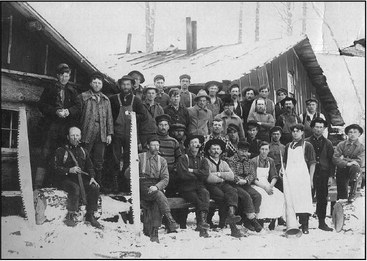From a cut-over land, a city called Loyal emerged and grew


by Cheyenne Thomas
First platted 150 years ago in 1870, the city of Loyal has a long history filled with the creation of many businesses, organizations...


by Cheyenne Thomas
First platted 150 years ago in 1870, the city of Loyal has a long history filled with the creation of many businesses, organizations...